Kerosene heaters have long been a dependable option for supplemental heating, providing comfort in areas where conventional heating systems may be insufficient or nonexistent. However, their indoor usage prompts a crucial conversation regarding safety.
Are kerosene heaters safe to use indoors? This is a valid concern because these portable electronics have their own unique set of dangers. Understanding the risks connected with these heaters, from carbon monoxide emissions to fire threats, is essential.
One needs to analyze the dangers of using indoor kerosene heaters and offer crucial insights into the safety measures required for their reliable functioning.
So, we will educate you on this subject and provide the relevant information to help you choose the heating systems for interior spaces.
Kerosene Heaters and Their Indoors Safety

Although it is a cost-effective option to choose kerosene heaters for warming the spaces, its usage indoors can still be a safety concern. But what actually can be those risks that threaten safety?
Moreover, suppose you’re debating on kerosene vs propane heaters for your garages and unsure about the right choice for your home. In that case, this detailed comparison will guide you through the benefits and drawbacks, helping you make an informed decision.
1. Threat of Fire
Open flames are required to run kerosene heaters. They can be a severe fire danger if not utilized properly or if they are put close to combustible things. Kerosene spills and leaks can also result in hazardous circumstances. Fire hazards are the main concern that must not be overlooked while using kerosene heaters indoors.
2. Harmful Gas Emission
The release of Carbon Monoxide or CO, a colorless and odorless gas that may be fatal in high doses, is one of the main issues with using Kerosene heaters inside. Kerosene’s incomplete combustion can result in the creation of CO, which puts inhabitants in danger. Health issues may be enhanced due to this.
3. Risks Related to Leaks and Explosions
Kerosene leaks can occur from incorrect handling or storage, which, if ignited, can cause an explosion. In small, enclosed environments, this danger is increased. There have been various accidents related to this, and you might have even heard of it in news channels or via other sources, so an eye on this issue is also a must.
4. The Toxic Air Risks
Kerosene heaters have the potential to emit particles and pollutants into the air even when combustion is nearly complete. Long-term contact with these contaminants can cause respiratory and other health problems. It would be best if you stayed away from such toxic gases to keep your health safe.
Required Protective Measures for Safety

As you are now aware of the risks of using kerosene heaters indoors, it is time to learn about the precautions that one must take for the safe and secure usage of Kerosene heaters.
- It is essential to have enough ventilation while using a kerosene heater inside. Make sure that windows and doors in the place are open to let fresh air in and hazardous odors escape.
- Ensure the heater is maintained and kept clean. Aim to replace any damaged or worn-out components as soon as you see any evidence of deterioration.
- Kerosene should be kept in authorized containers and kept away from open fires, heat sources, and electrical devices in a cool and well-ventilated environment. You must keep to the guidelines of the manufacturer while installing the heater.
- Place the heater far from any combustible items, such as drapes, furniture, or bedding, on a sturdy, non-flammable surface. Keep about 2-3 feet of space between you and the heater for safety.
- Invest in a reliable, high-quality kerosene heater. Cheaper or inferior versions could not have the safeguards required for safe operation. Kerosene heaters must never be left unattended, especially if kids or animals are nearby. After leaving the room or before going to bed, turn it off.
- When utilizing any fuel-burning equipment indoors, a CO detector is a must. Ensure the batteries are new and the unit is in good operating order. Know how to use a fire extinguisher and keep one nearby. Create a strategy for evacuating in case of disaster as well.
Wrapping Up
To sum up, operating kerosene heaters safely requires a mix of knowledge, prudence, and attention to important safety procedures. Although these heaters provide a more affordable heating option, they are definitely not without risk.
Their usage requires vigilance due to carbon monoxide emissions, fire risks, and potential air quality concerns. People may considerably reduce these dangers by making good ventilation, routine maintenance, and prudent fuel storage a top priority.
Always have emergency plans and a kerosene heater under your supervision. Kerosene heaters may be used indoors without risk to people’s health if these factors are considered.
The advantages of kerosene heaters can ultimately be benefited from by making educated decisions and following ethical standards.
Frequently Asked Questions
Do Indoor Kerosene Heaters Need Ventilation?
Yes, proper ventilation is required if you use a kerosene heater indoors. When it burns, it releases toxic gases like Carbon Monoxide and other toxic fumes, which, when inhaled by humans or animals, can be proven to be fatal. Thus, you must keep your room ventilated for proper airflow so that these toxic fumes cannot
Can Kerosene Space Heaters Cause Carbon Monoxide Poisoning?
Yes, and this is one of the major concerns of using kerosene space heaters. While burning, they release toxic and harmful gases like Carbon Monoxide, which is dangerous for anyone who inhales it. So, of course, kerosene heaters can cause carbon monoxide poisoning, and if you are using it for the very first time, then handle it with care.


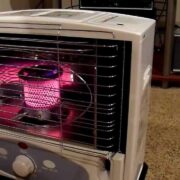
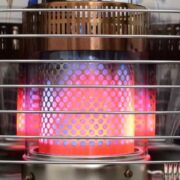
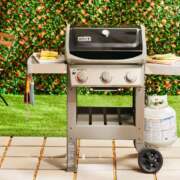
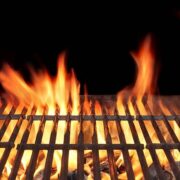


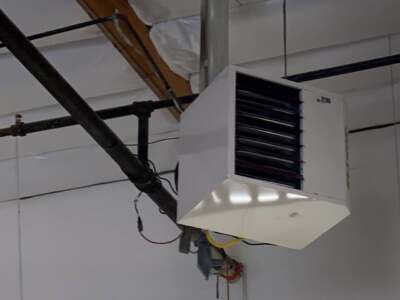
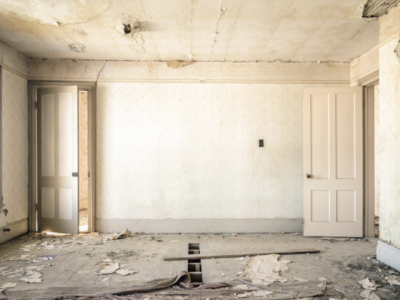
Comments